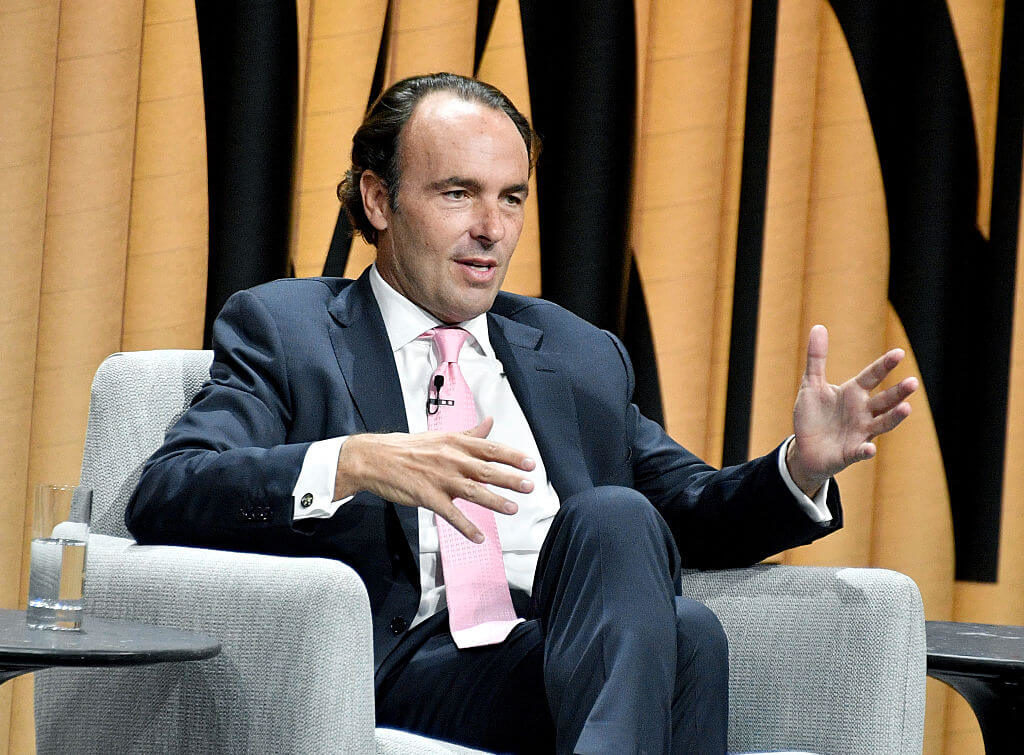Hayman Capital Management Chief Investment Officer Kyle Bass said the ongoing trade war between the U.S. and China is “bigger than economics” as markets cratered Monday on the worst day for trading in 2019.
“I think it’s important to note that this is about intellectual property theft. It’s about industrial espionage. It’s about resetting our relationship with a China who has been taking advantage of the U.S. for a long time.”
Investors were in an all-out panic Monday after China let its currency, the yuan, weaken against the U.S. dollar, falling to about seven yuan to $1, the lowest level since the 2008 financial crisis.
Meanwhile, another round of incoming tariffs on Chinese imports was announced late last week, prompting China to devalue its currency while also halting all imports of U.S. agricultural products.
“It’s important to note that the frictions that are happening between the U.S. and China aren’t just, ‘How much is a pair of sneakers going to cost when we buy them from Walmart,'” said Bass, a noted macro investor, in an exclusive interview with Yahoo Finance.
“This is much bigger than the economics. This is all about the entire relationship between the U.S. and China.”
Bass said people should remember what’s at stake as far as intellectual property and forced technology transfer.
“I think it’s important to note that this is about intellectual property theft. It’s about industrial espionage,” Bass said. “It’s about resetting our relationship with a China who has been taking advantage of the U.S. for a long time.”
To put things in perspective, Bass notes the Chinese economy is worth about $12 to $13 trillion in U.S. dollars, while the U.S. economy is about $20 trillion.
“Let’s say we put 25% tariffs on the entire lot of $500, call it $520 billion of imports,” he said. “We’re only talking about $100, $125 billion on economies of $20 and $13 trillion.
“We can’t get lost in the bigger picture here, and it is the incompatibility of two economies butting heads with one another in their cultural differences.”
After late rallies cut some of the losses, the Dow finished the day down 766 points, or 2.9%, the S&P 500 fell 87 points, or 3.0%, and the Nasdaq fell 278 points, or 3.5%.
